
Talented visual journalists take us inside a moment, or a series of them, communicating information and inspiring emotion — whether it’s through a single image or hours of video footage. Top-of-the-field news photographers and videographers are technicians, creative visionaries, astute observers and chroniclers of history. They capture stories frame by frame, appending narratives and scripts with visual complements.
This inaugural class of Shooting Stars comes from small publications and large corporate entities. Some have studied their craft at the top schools, and others have honed their craft in the school of hard knocks. Some have captured historic events and famous people, and some spend their days telling the stories of their communities, shooting high school sports and small-town festivals. What these 12 Shooting Stars have in common is a love for their art, an enviable work ethic and a devotion to visual journalism.
(Alphabetically, by last name)
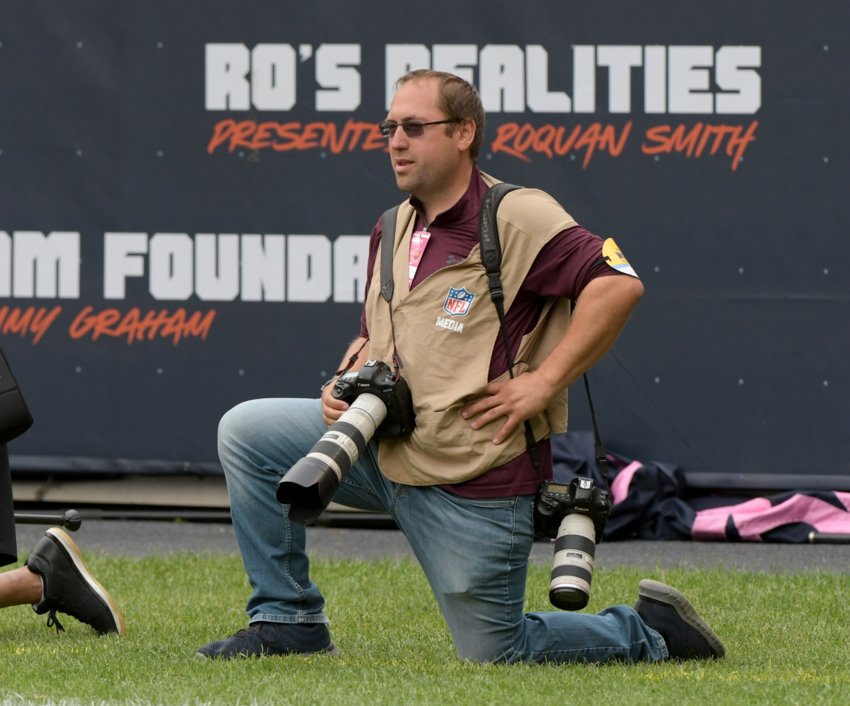
Scott Anderson
Photo Editor
Shaw Local Shaw Media
Education/Where you learned to shoot: Harrington College of Design, bachelor of arts degree
What advice do you have for other young professionals who aspire to become photojournalists?
Try to photograph something different than what everyone else in the industry is doing. Use your techniques and skills to think outside of the box on assignments and to draw the reader in to view your photos. Always be open to trying something new even if you don't think you'll like the assignment, and dedicate yourself to making your coverage the best you can.
Two photos by Scott Anderson:
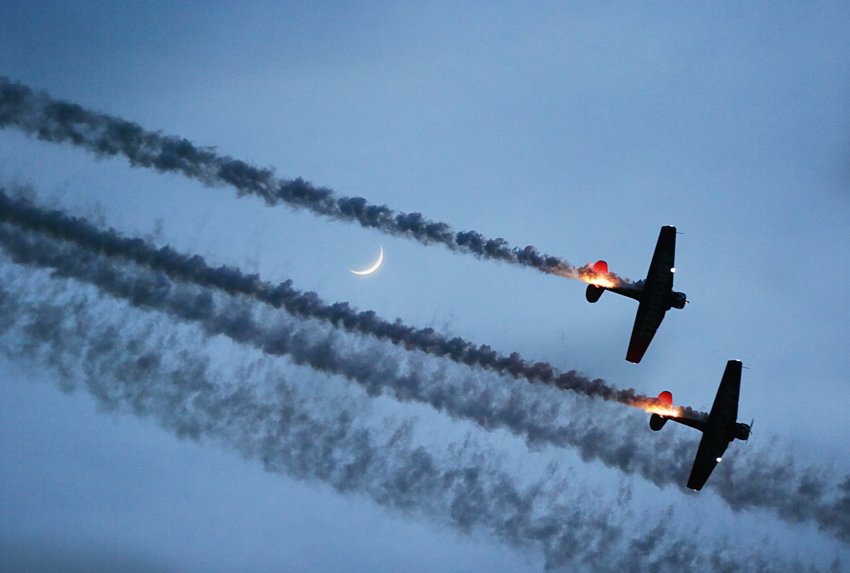
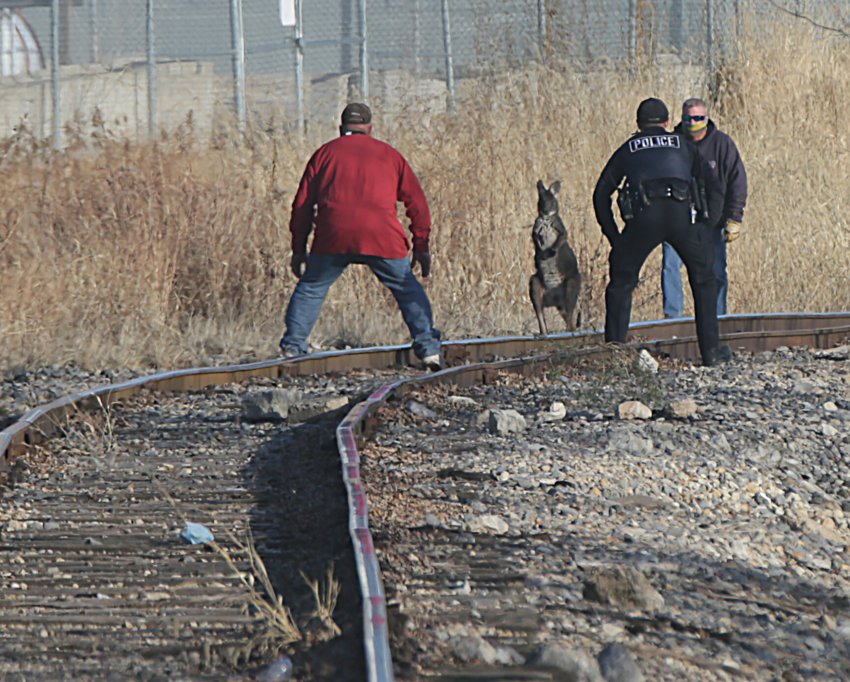

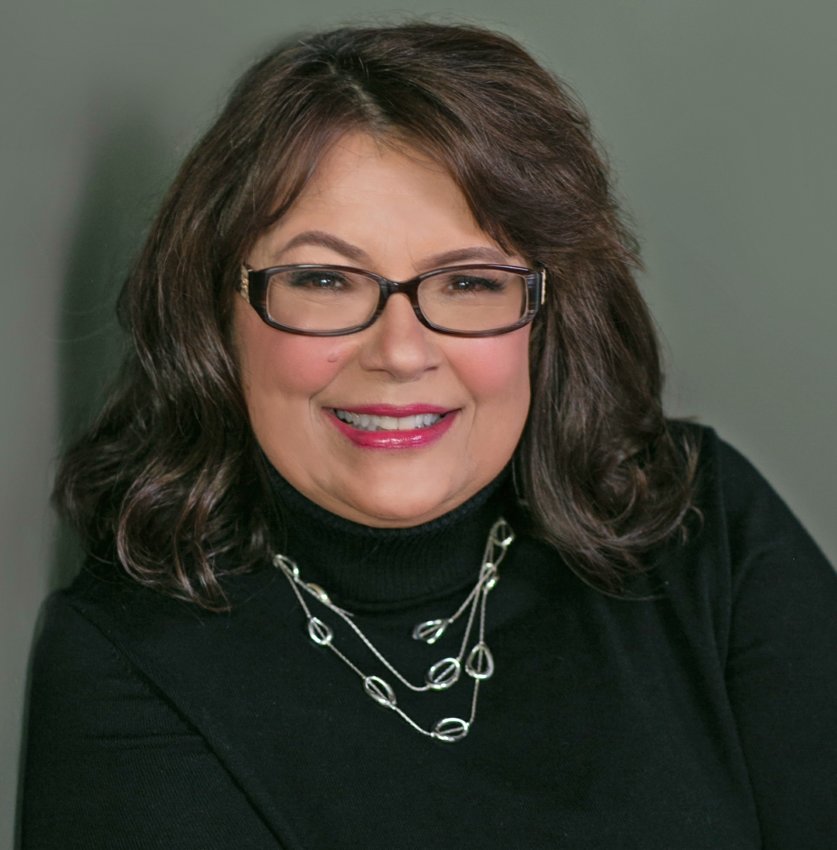
Susalyn Bennett
Photographer and Account Manager
Mansell Media and The Clinton Courier
Education/Where you learned to shoot: I am an amateur hobbyist with no formal training in photography. I have learned a great deal from our editor, publisher and experiences while working for The Clinton Courier.
What advice do you have for other young professionals who aspire to become photojournalists?
I can only speak to photography on a local community news level. My advice is: Learn what you can about what you will be shooting before the shooting begins, but expect the unexpected. Be ready to capture it when it occurs. Rather than trying to impress them with your skill and professionalism, do your best to put live subjects at ease. Be mindful of your body language and expressions and their effect on those you are shooting. Expect every shoot to be productive and stimulating. Your expectations and positivity can greatly affect the outcome. Trust your instincts and follow them.
Two photos by Susalyn Bennett:
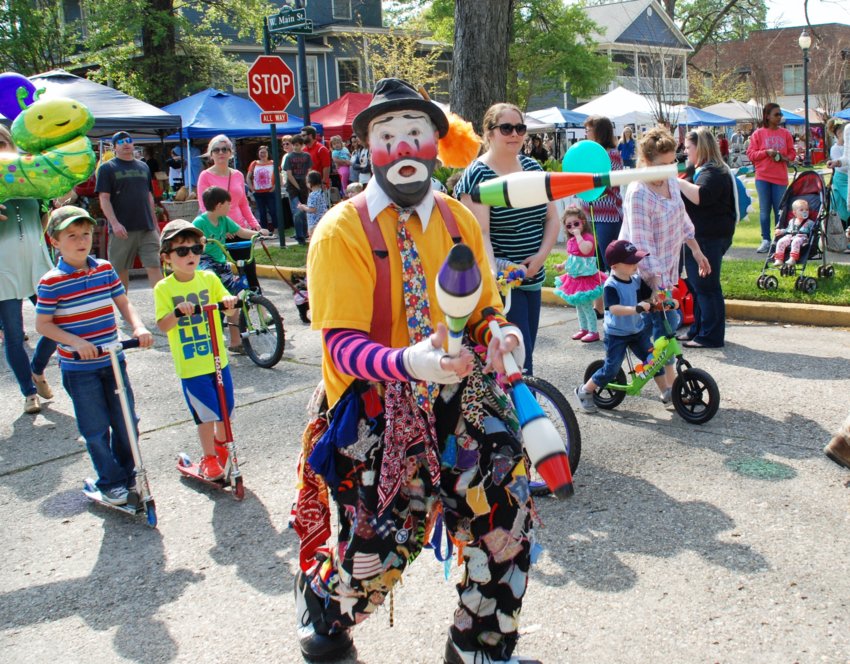
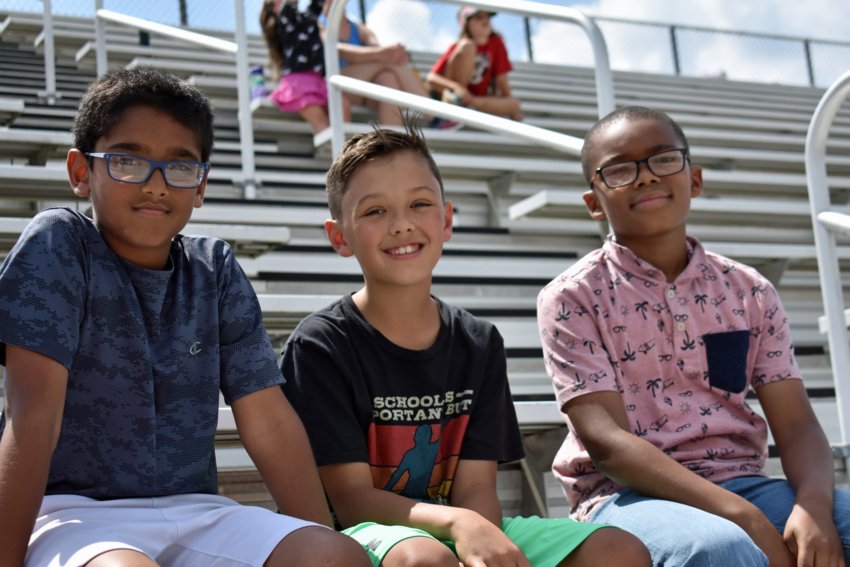

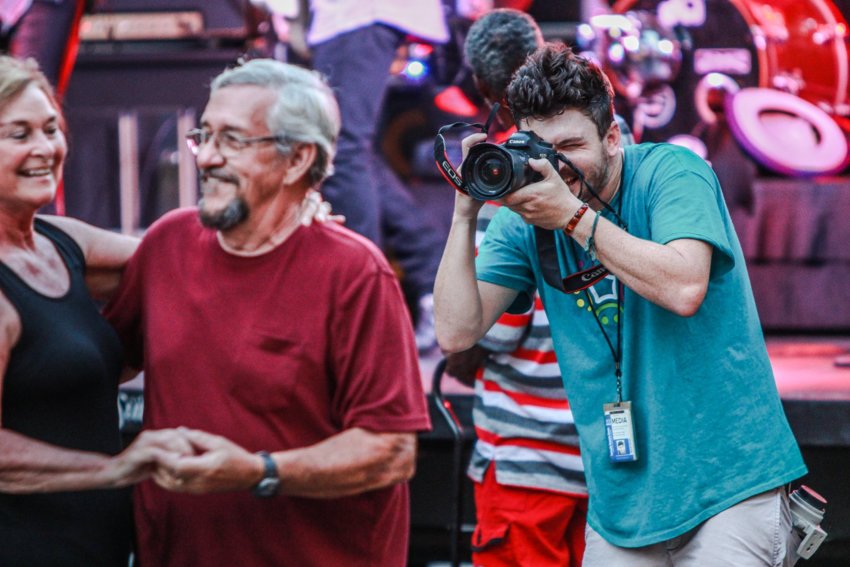
Micah Green
Chief Digital Officer
The Sumter Item/Gulf Coast Media
Education/Where you learned to shoot: I attended Mississippi State University and first began photographing for the student newspaper, The Reflector. At the time, I was more focused on writing. After graduation, I worked at a daily newspaper in Columbus, Mississippi. We were short-staffed, so I started taking photographs for my own stories and fell in love with storytelling through a lens.
What advice do you have for other young professionals who aspire to become photojournalists?
Just keep taking pictures. Tell the stories around you and tell them with respect and depth. I only took one photojournalism class in school and have always felt a little inadequate when looking at some of my peers’ formal education from places like RIT, Mizzou and Ohio University. But the longer I work in this field, the more I realize that it’s something of an advantage not to be bogged down in a learned style or way of photographing. The classroom can only take you so far; you’ve got to get out and do the work.
Two photos by Micah Green:
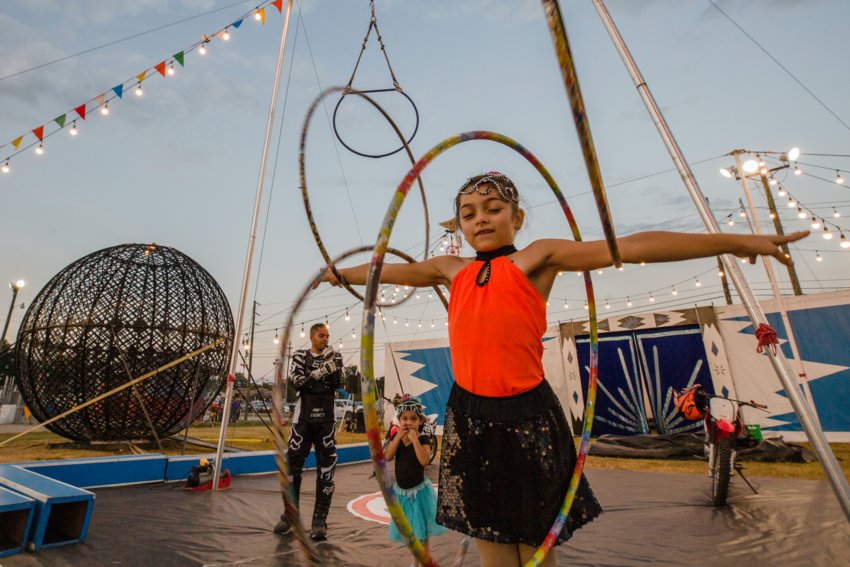
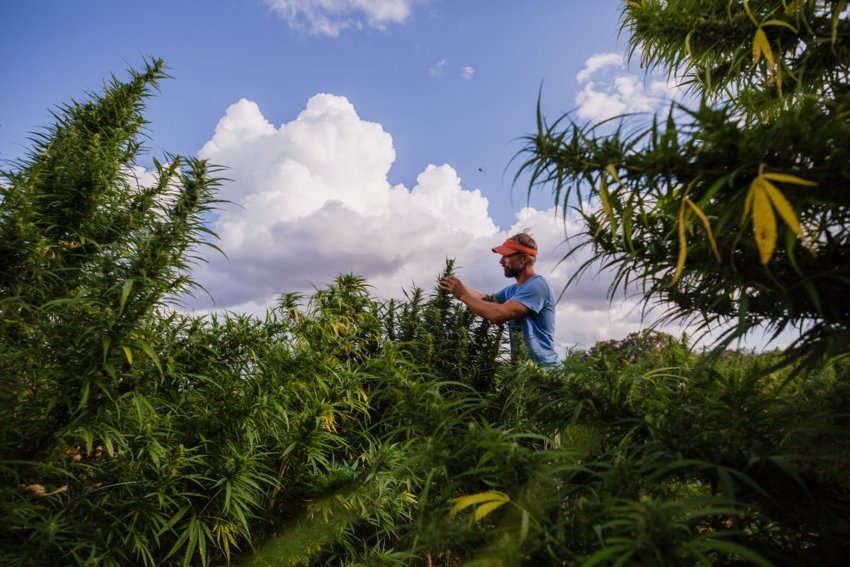

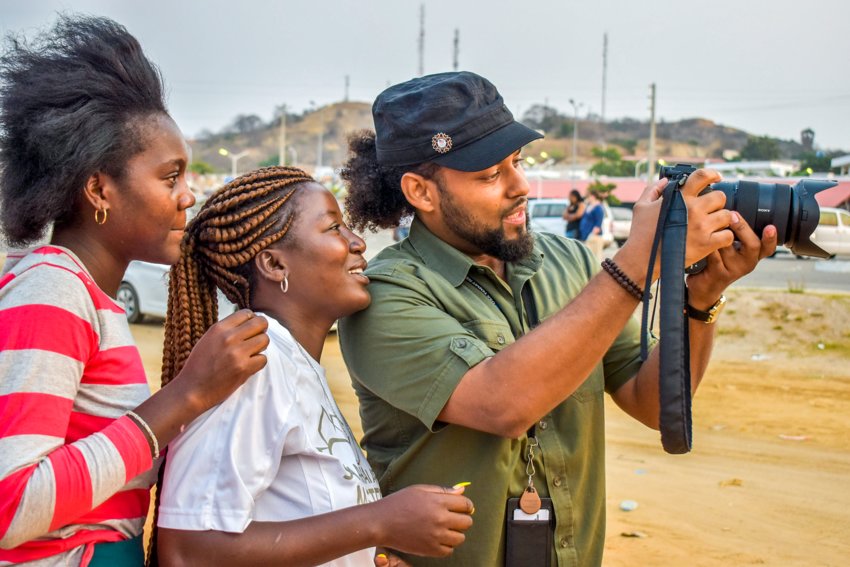
Jarrad Henderson
Senior Multimedia Producer – Investigations and Enterprise Video
USA TODAY
Education/Where you learned to shoot: Arizona State University, B.F.A. in Photography; University of Missouri-Columbia, M.A. in Journalism
What advice do you have for other young professionals who aspire to become photojournalists?
When I was a staff photographer at The Detroit Free Press, I made every mistake a first-year photojournalist could. I missed deadlines, misspelled names, and even missed entire assignments. I went through a period where I had severe imposter syndrome. The best advice I received can be reduced to two words: Slow down. I didn’t realize it, but I was trying so hard to prove myself — and moving at 1,000 miles a minute — that I was forcing errors upon myself. In that spirit, one of my early photo editors instilled a sense of excellence in me. As a person of color and in a field where I am not well-represented, the idea of being excellent is ever-present.
How does one become excellent? Well, it’s in the details. Being excellent is not about winning awards or earning a singular achievement, but instead is an accumulation of all the little things that you decide to pay attention to and knock out of the park. I cannot do the long-form work I’ve been fortunate to do without the early portrait assignments or the countless ask for mundane building photos (which need to be photographed for public record). All these reps add up and bridge the gap between your taste (the thing that got you into this industry) and your ability.
The advice I would give to aspiring journalists, especially those underrepresented in our field, is to seek out mentorship. I am a product of excellent mentorship. The idea that you have to figure out your craft on your own is a lie. Find organizations and individuals you trust who can help you along your journey.
Secondly, be coachable. I never received a job offer because I was the most talented or the most decorated, but because I listened. Leave your ego alone. Stop feeding it now. You’re not as dope as you think you are, and that’s ok.
Two photos by Jarrad Henderson:
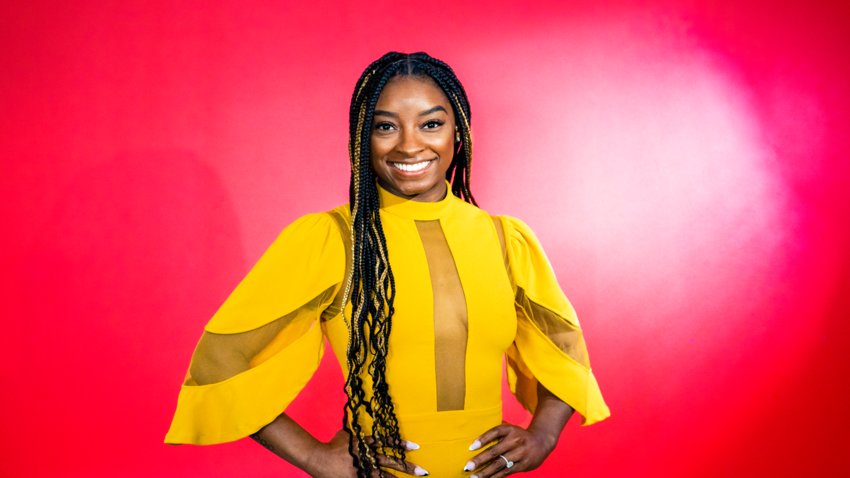
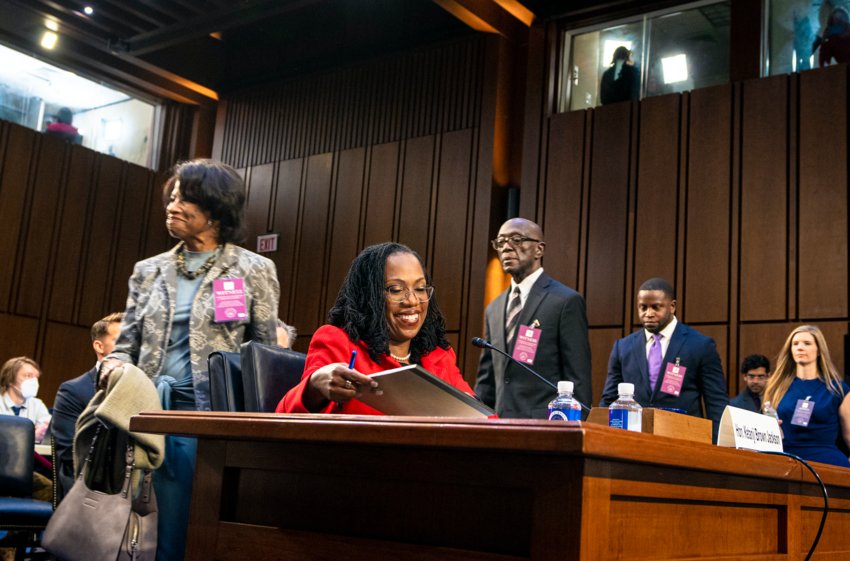

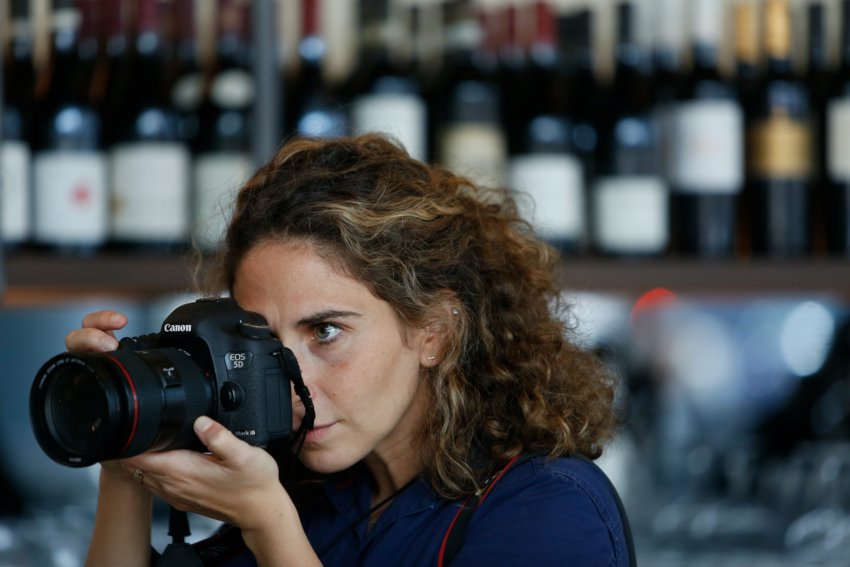
Gabrielle Lurie
Staff Photojournalist
San Francisco Chronicle/Hearst
Education/Where you learned to shoot: NYU Tisch School of the Arts
What advice do you have for other young professionals who aspire to become photojournalists?
Work backward. See the work you want to make, assign yourself work and go out and shoot it. If you’re standing next to someone while photographing, ask yourself how you can shoot differently from the person standing next to you! Patience. It’s a learning curve.
Two photos by Gabrielle Lurie:
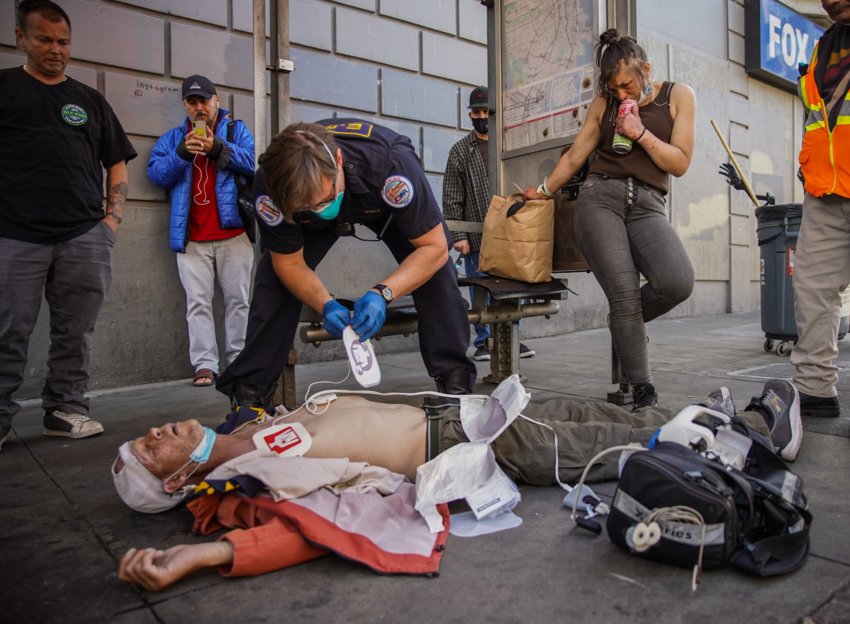
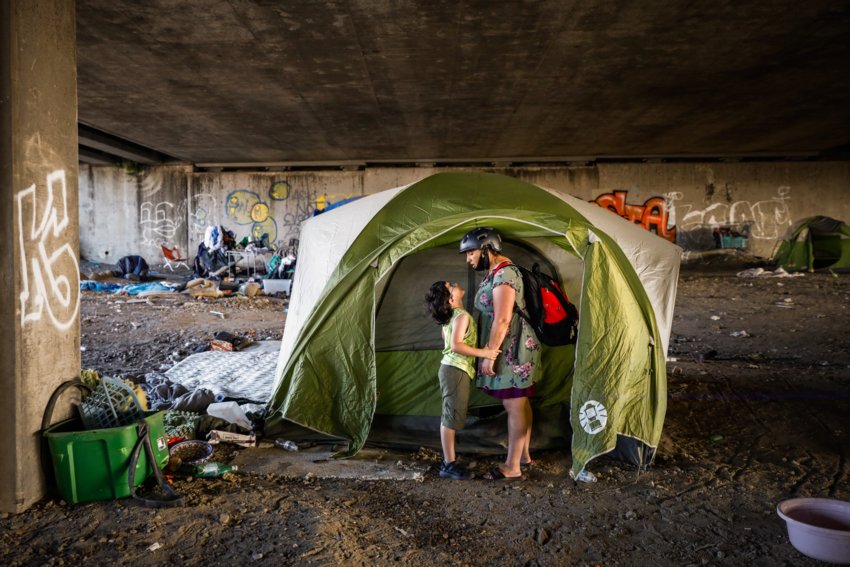

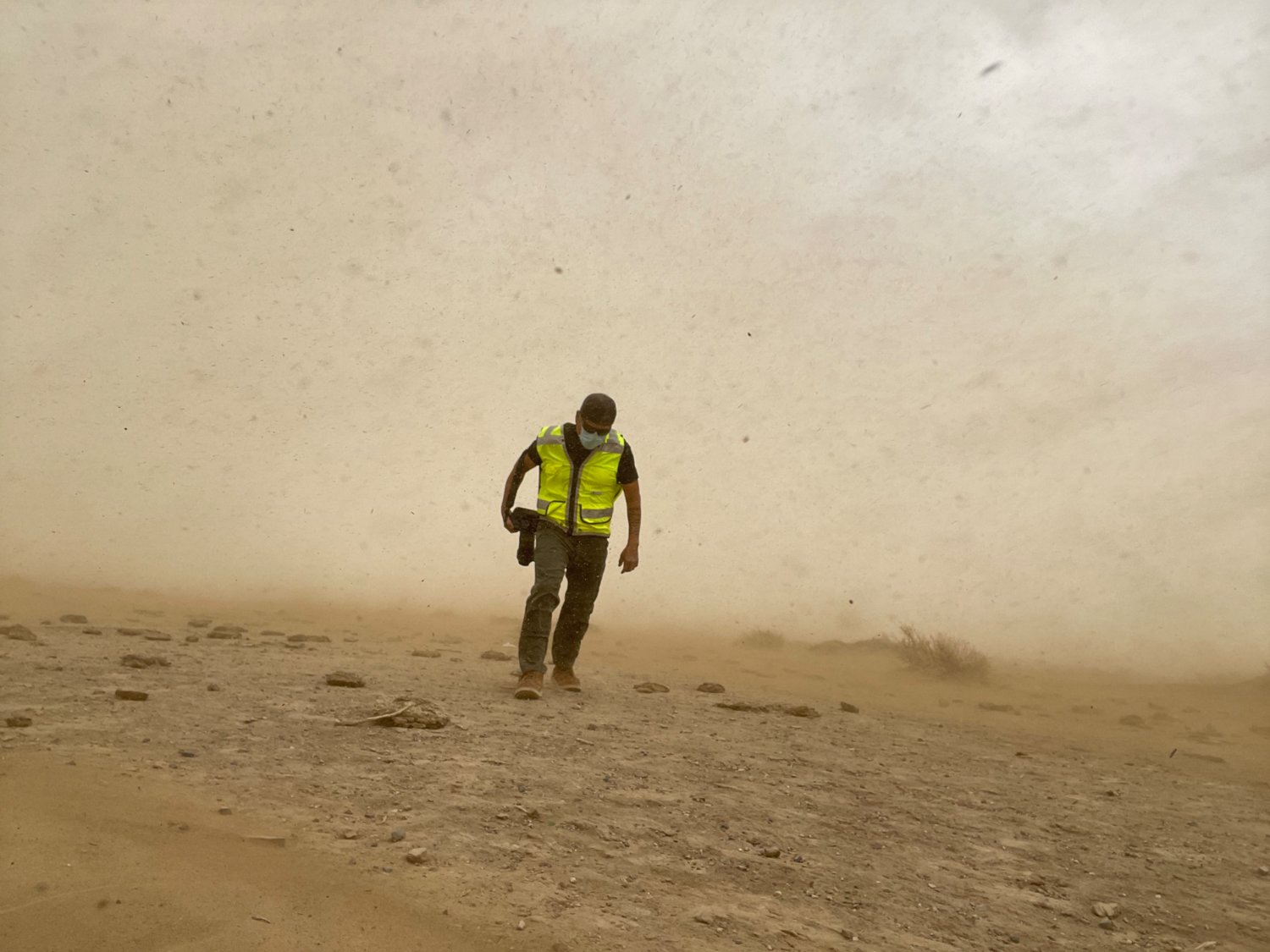
Donovan Quintero
Photojournalist
Navajo Times Publishing Company
Education/Where you learned to shoot: High School. Being an artist, photography came easy to me. I learned through trial and error and went through many rolls of film.
What advice do you have for other young professionals who aspire to become photojournalists?
Get as close as you can to the person you’re photographing and your depth of field. If it is landscape, focus on the rule of thirds, your lines of convergence and your depth of field. If it’s sports, focus on the action of the game, and focus on your depth of field. Always ensure the eyes are in focus. Once you get your images, get names, where the photo was taken, age (not always necessary), and when the photo was taken. You could provide additional information and give a brief explanation of the context of the image. Once you master the above rules, repeat. If you wish to invest in gear, invest in good glass. A decent $500 camera body works just as well as a $2,000 camera body, so long as you have good glass. Keep your gear clean. Lastly, take care of your back, knees, ears and eyes.

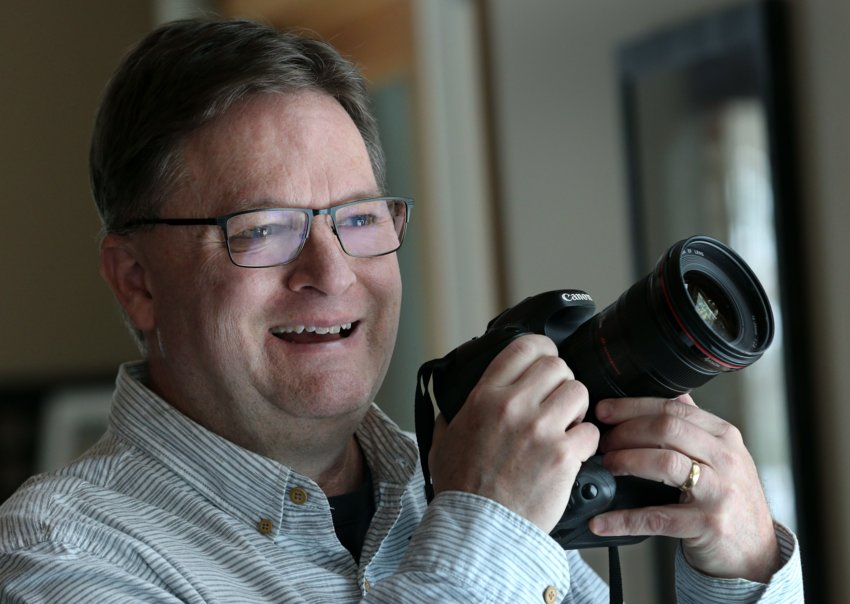
Dan Reiland
Staff Photojournalist
Eau Claire Leader-Telegram
Education/Where you learned to shoot: Winona State University, bachelor of arts in mass communications
What advice do you have for other young professionals who aspire to become photojournalists?
Always be curious, ask lots of questions and love meeting new people. Know your camera, but more importantly, get to know your subjects and put them at ease.
Two photos by Dan Reiland:
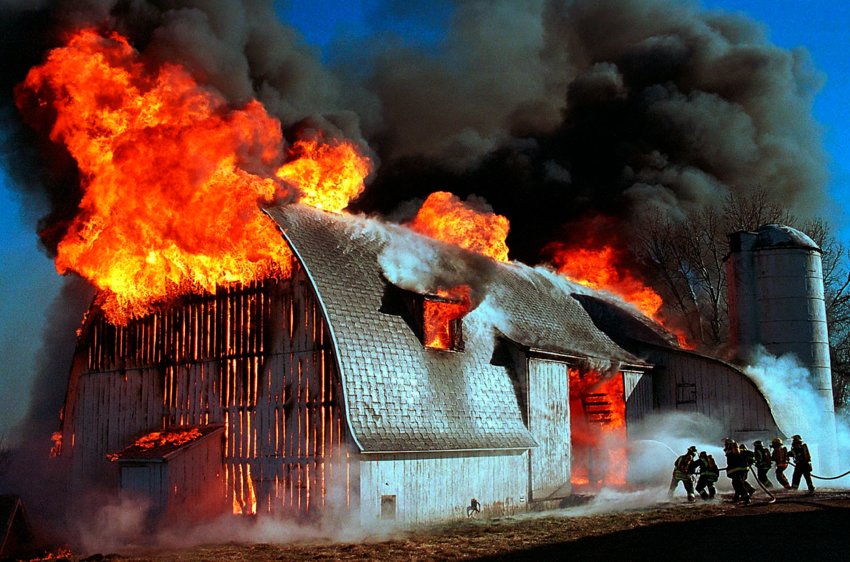
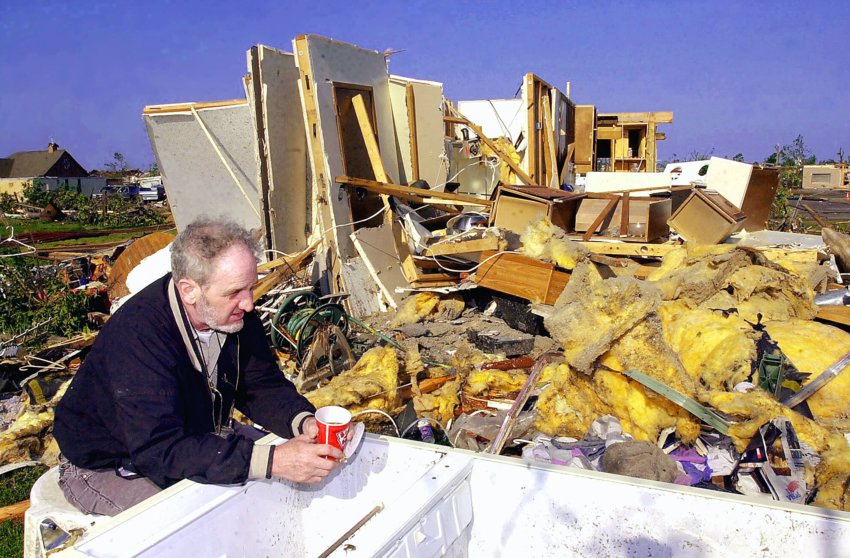

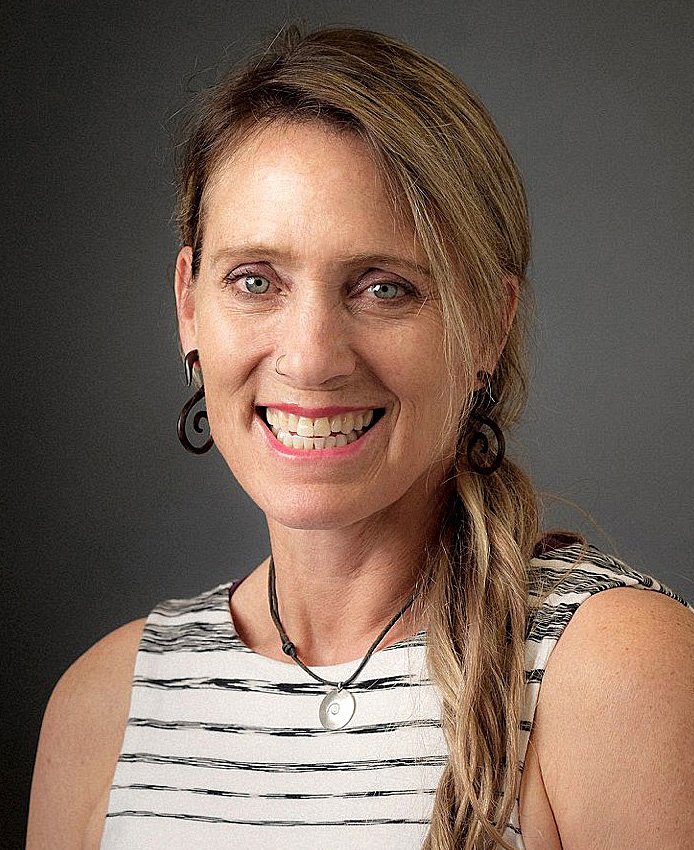
Helen H. Richardson
Staff Photographer
The Denver Post
Education/Where you learned to shoot: I went to the University of Colorado and studied photojournalism and journalism. In addition, I went to Parsons School of Design, where I studied fashion design, marketing and merchandising.
What advice do you have for other young professionals who aspire to become photojournalists?
The biggest piece of advice I would love to share with young professionals in any part of journalism is to be self-motivated. Don’t wait to be told what to do or where to go. Coming up with ideas, pursuing those ideas and creating content is really what journalism is all about. Use your community to tell these stories. If something interests you, it is bound to interest readers. Be confident but open to ideas, criticism and how to get better. Be humble. Be kind. There is a great quote by the late Barbara Bush, former First Lady, that I like to remember: “Never lose sight of the fact that the most important yardstick of your success will be how you treat other people — your family, your friends, your co-workers and even strangers you meet along the way.” We are in the business of meeting strangers every single day. Treating people with respect, honesty, empathy and dignity goes a long way.
Two photos by Helen Richardson:
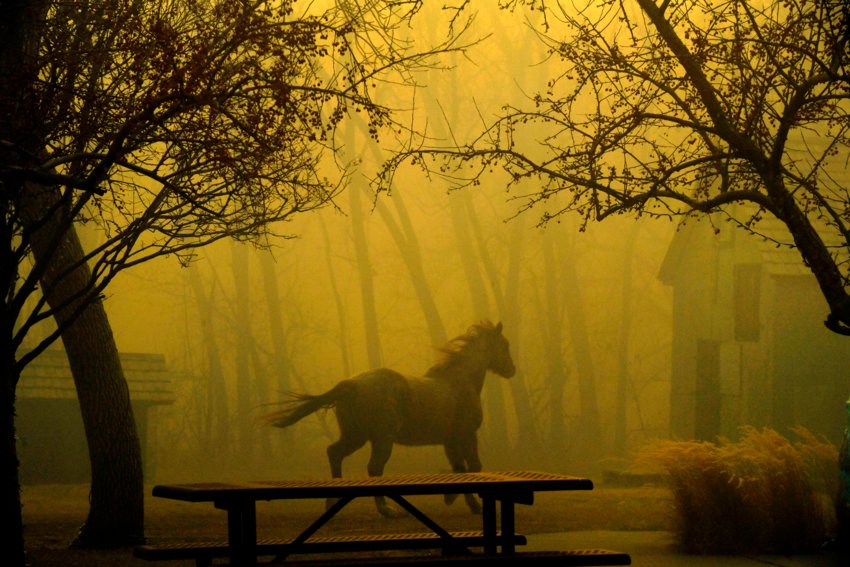
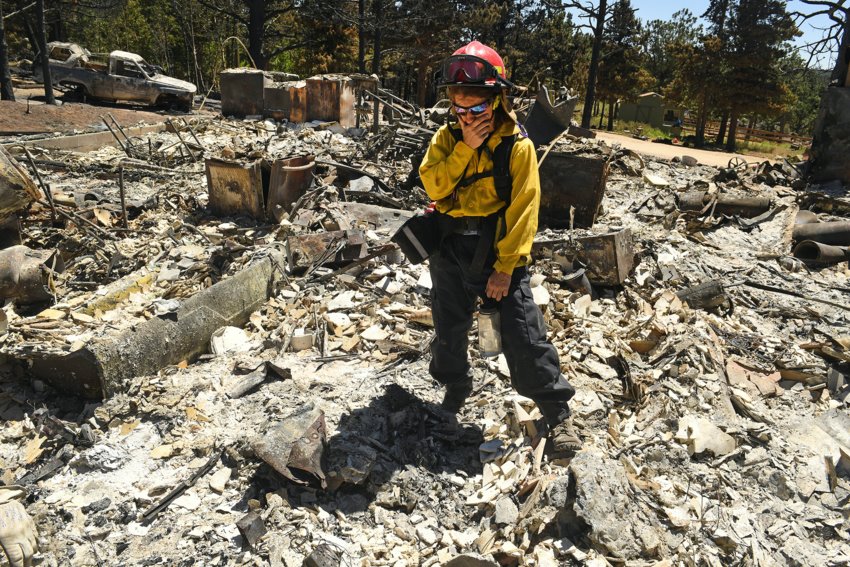

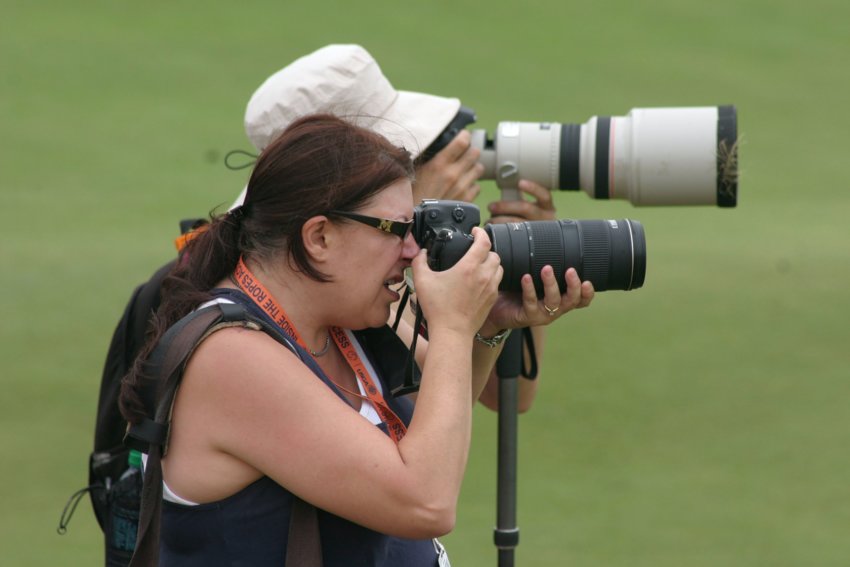
Dana Shaw
Photo Editor
The Express News Group
Education/Where you learned to shoot: Point Park University, bachelor of arts in journalism and communications
What advice do you have for other young professionals who aspire to become photojournalists?
Never stop learning and trying new things with your photography.
Two photos by Dana Shaw:
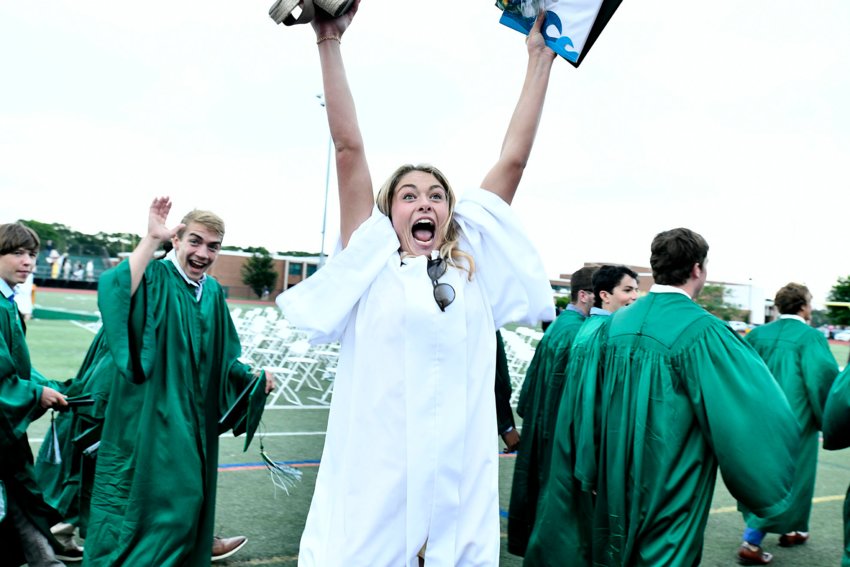
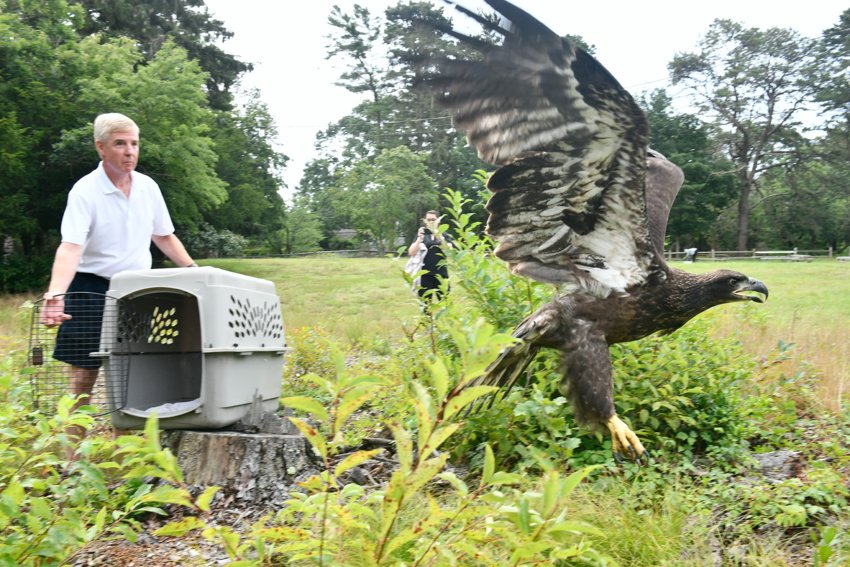

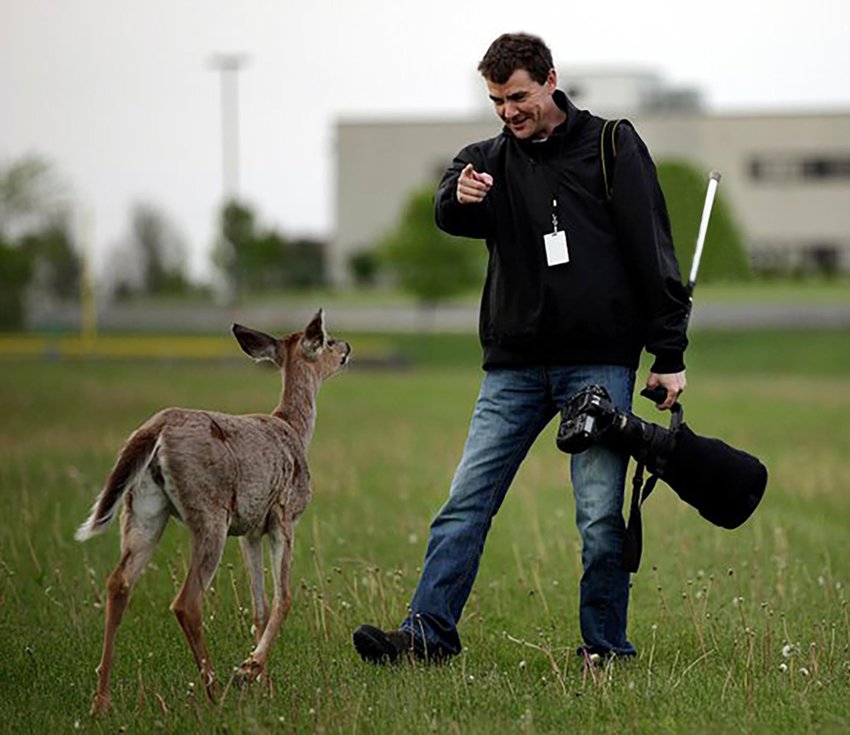
John Starks
Senior Staff Photographer
The Daily Herald
Education/Where you learned to shoot: Central Michigan University, B.A.A. in Journalism; Did a lot of part-time photography work during college; asked questions, listened, watched and studied.
What advice do you have for other young professionals who aspire to become photojournalists?
Be bold. The public expects you to be bold, not timid. Walk into the room and lift your camera. They expect it. At the same time, be respectful. Ask questions. Understand why you were sent to take a photograph. Ask your subject questions and ask yourself what you would want to see as a reader. Ask what is important about the subject you are photographing. Seek guidance. Talk with editors, reporters and colleagues. Find a mentor in the business.
Be patient. You will make mistakes. This business will humble you. It takes a lot of work to develop into a professional photojournalist. Don’t take it lightly. Your work affects people in ways you probably won’t understand now. You will continue to grow throughout your career.
Also, learn how to shoot video and post on social media. Learn to conduct interviews; write stories. Today’s photojournalist does more than shoot still photographs. Continue to be curious and respectful and bold and inventive and nimble. Try to find and develop your vision.
Two photos by John Starks:
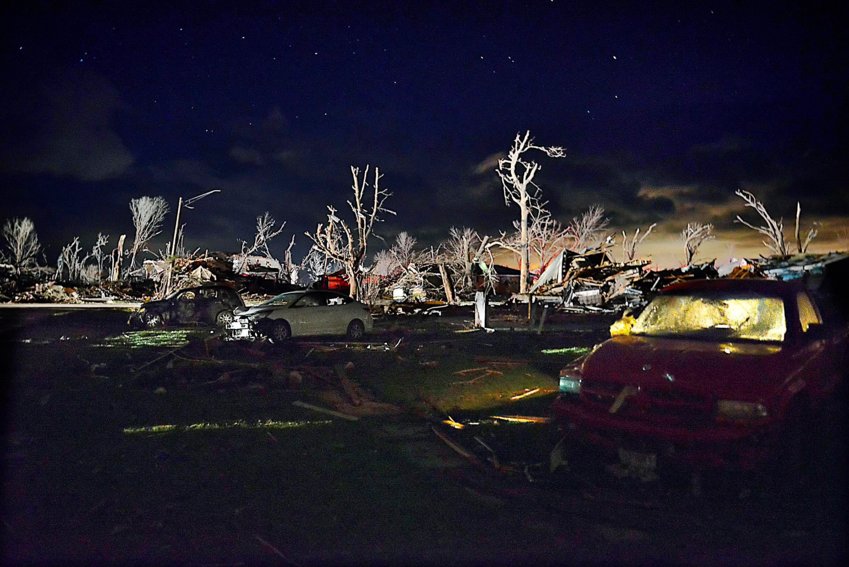
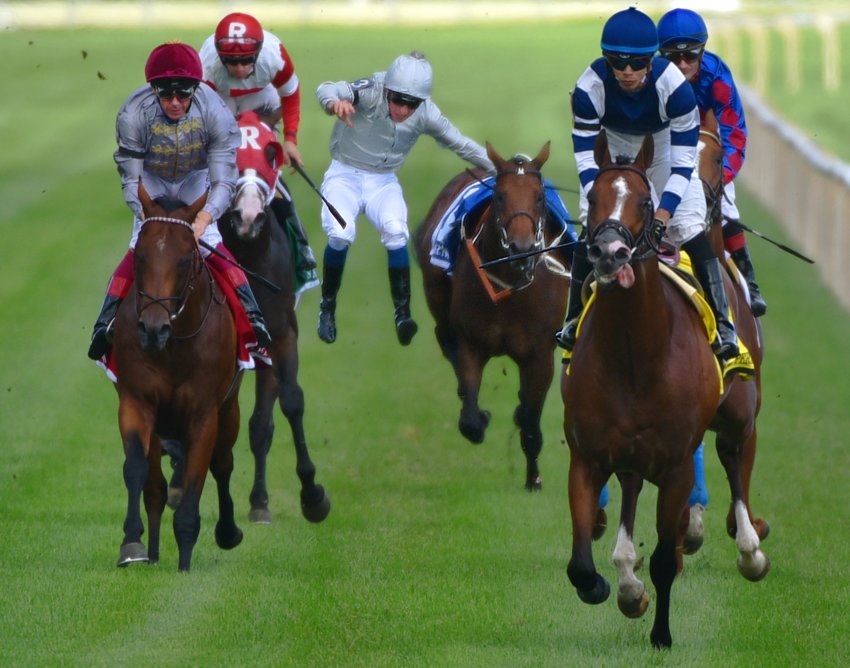

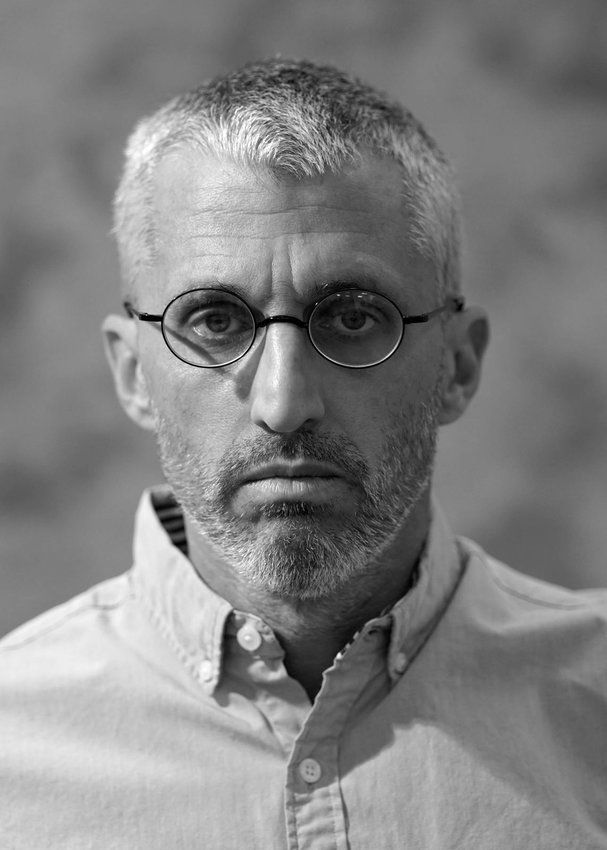
Sean Stipp
Director of Visuals
Trib Total Media
Education/Where you learned to shoot: Ohio University, bachelor of science in visual communications
What advice do you have for other young professionals who aspire to become photojournalists?
My advice to young multimedia journalists would be to seek out collaboration. It might not always be easy or comfortable, but working with a diverse team of backgrounds and skills will elevate your work.
Two photos by Sean Stipp:
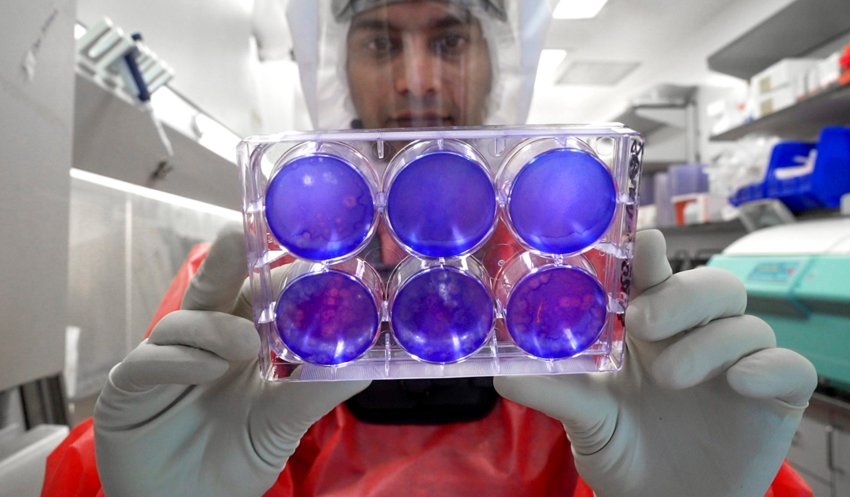
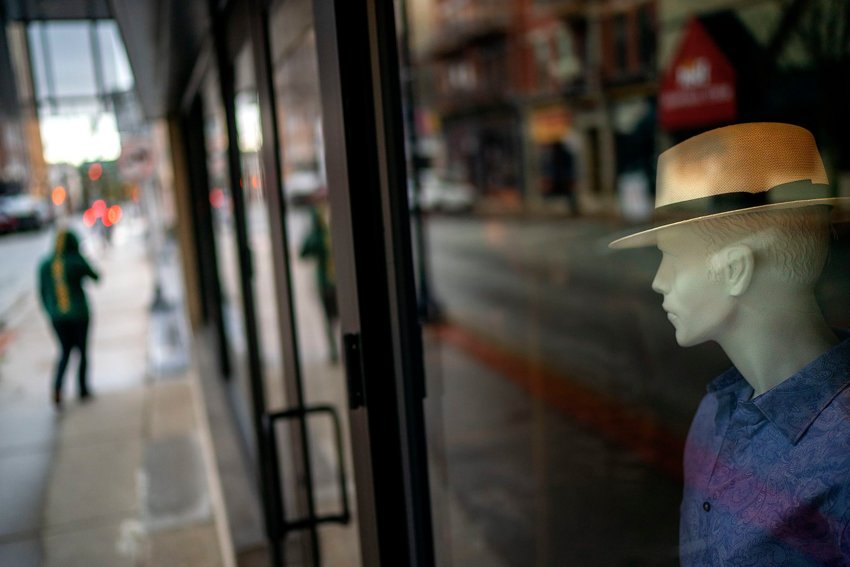

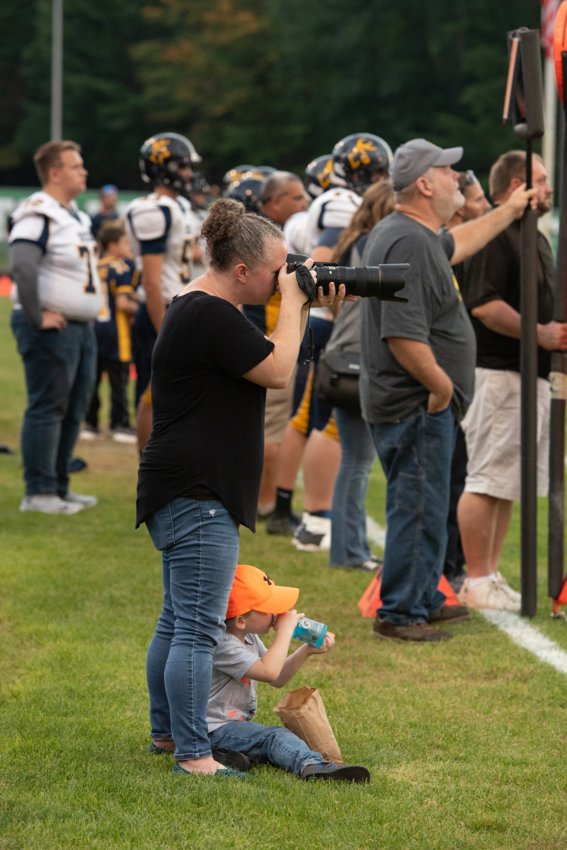
Krista Tacey-Cater
Reporter/Photographer
The Houghton Lake Resorter
Education/Where you learned to shoot: Central Michigan University
What advice do you have for other young professionals who aspire to become photojournalists?
Always try to “see” or truly understand the person or situation you are shooting. If you can connect with your subject, you will be able to make them feel at ease which hopefully means you will be able to take more meaningful and impactful photos.
Two photos by Krista Tacey-Cater:
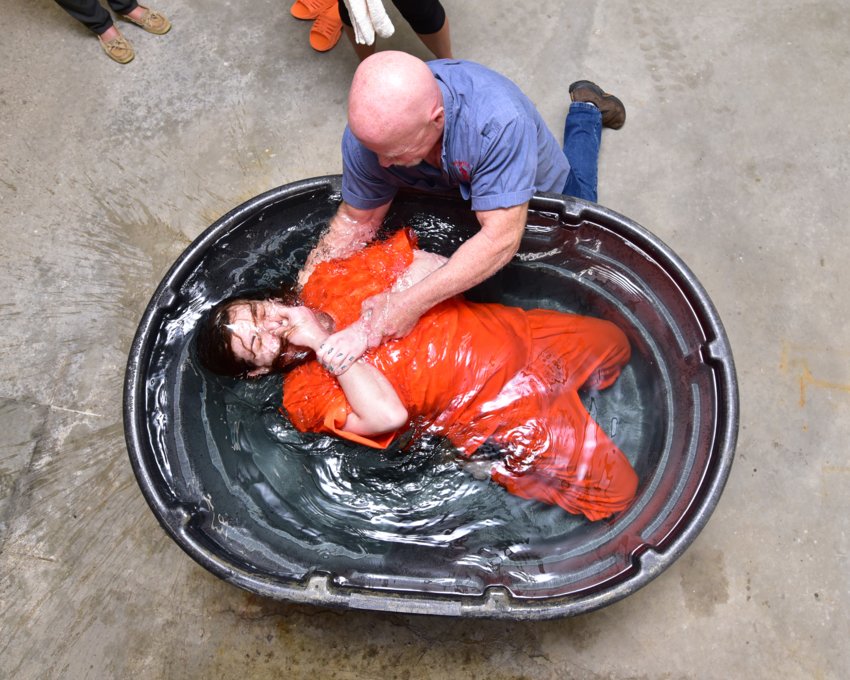
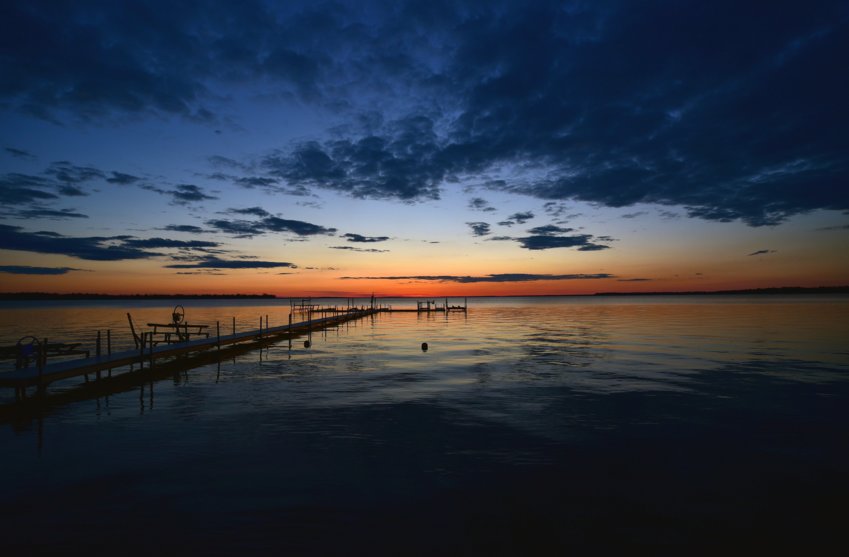
Robin Blinder is E&P's associate publisher and vice president of content. She has been with E&P for two years. She can be reached at robin@editorandpublisher.com. Gretchen A. Peck is a contributing editor to Editor & Publisher. She’s reported for E&P since 2010 and welcomes comments at gretchenapeck@gmail.com.
Comments
No comments on this item Please log in to comment by clicking here